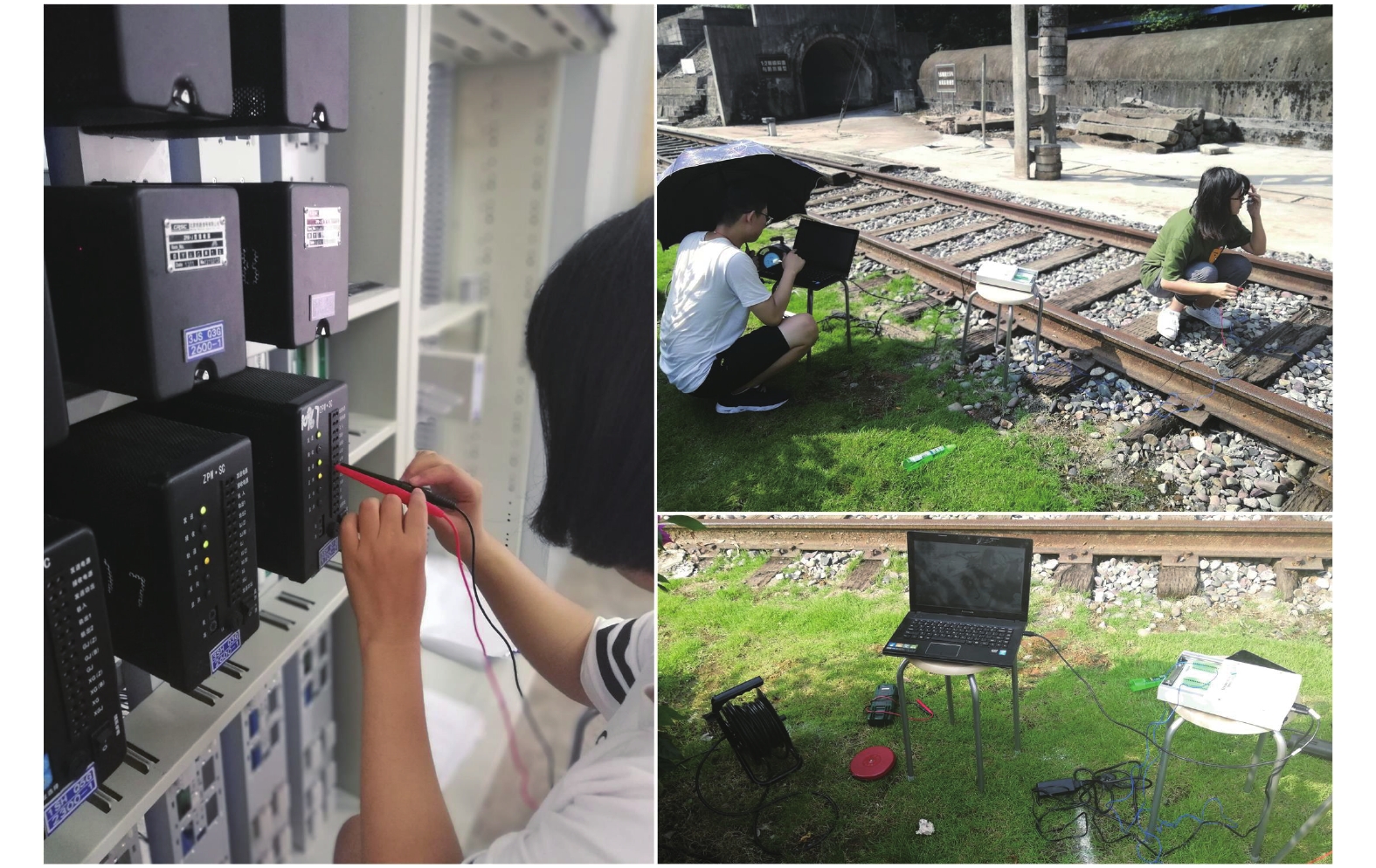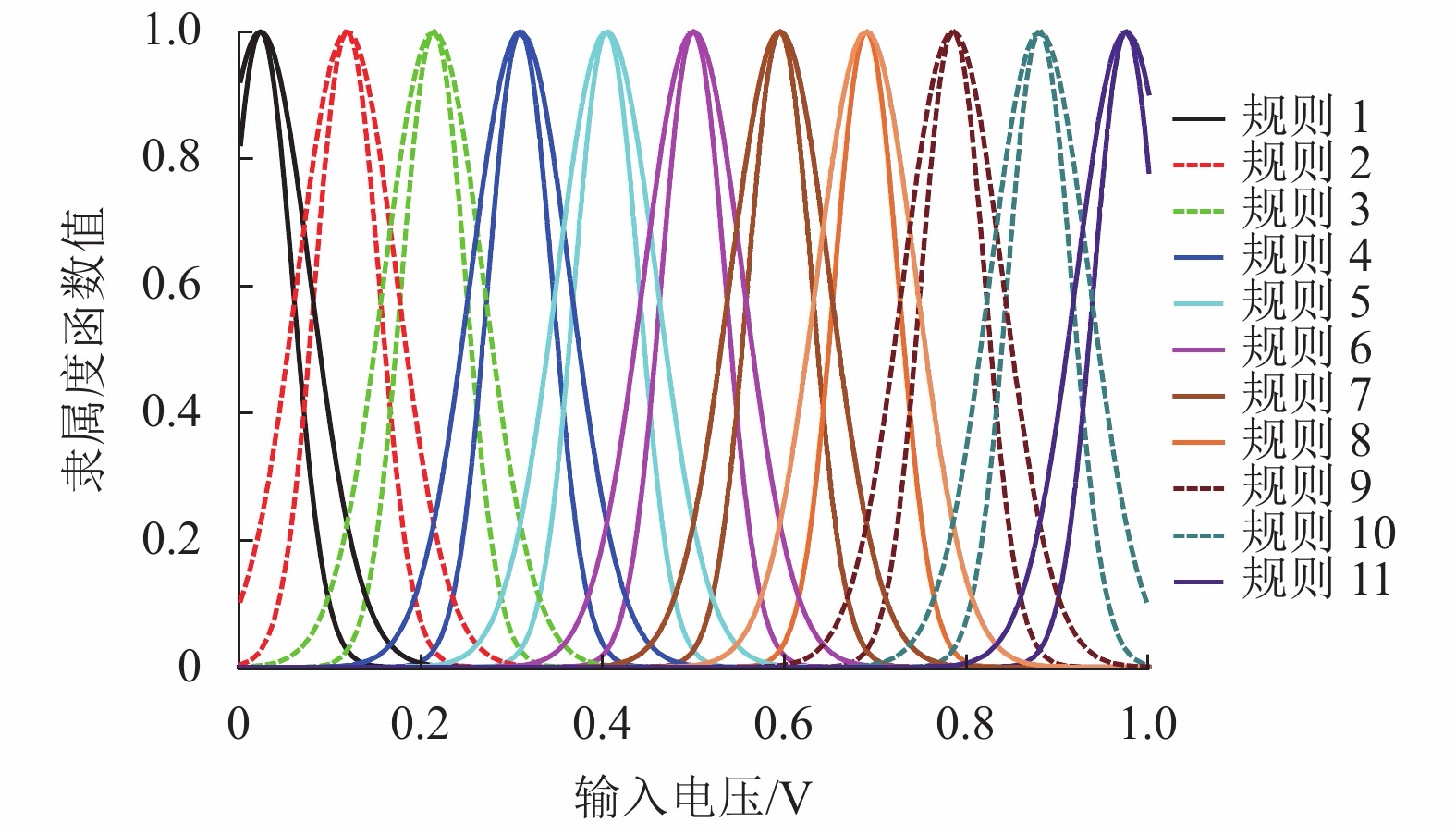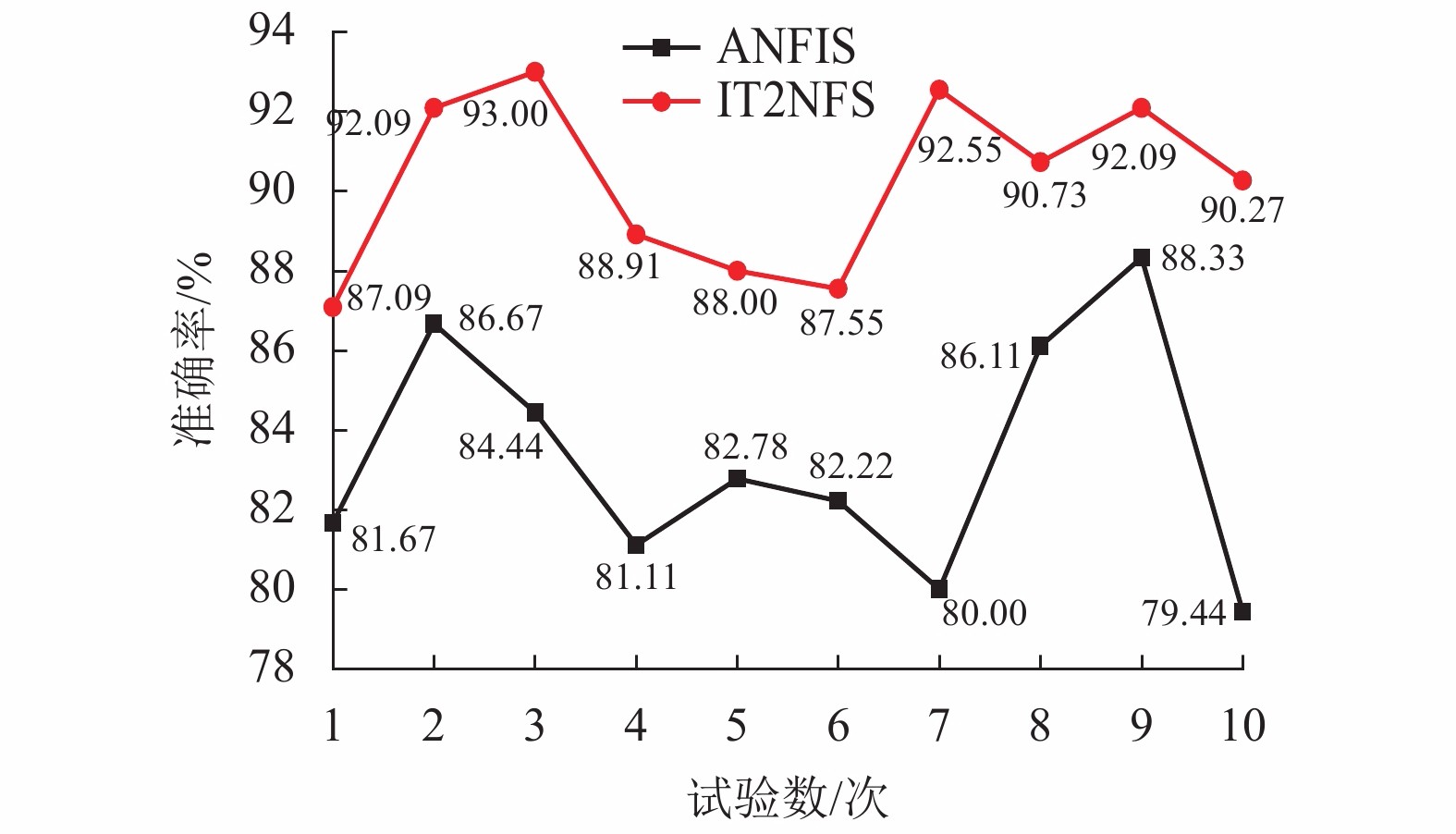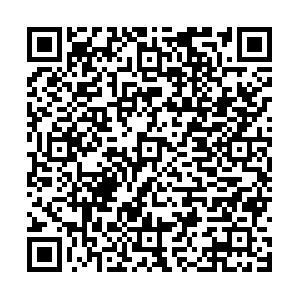Fault Diagnosis for Track Circuit Based on Interval Type-2 Neural-Fuzzy System
-
摘要: 针对目前铁路现场对轨道电路故障的判别仍然采用阈值法导致维护效率偏低的问题,提出将神经网络与模糊逻辑相结合,构建区间二型神经模糊系统(interval type-2 neural-fuzzy system,IT2NFS),通过诊断模型实现对轨道电路故障模式的智能识别. 首先通过结构识别建立初步的网络结构,采用均匀设计方法生成模糊集的均值,对训练样本进行相似性测试,生成标准差和初始后件参数;再通过递归奇异值分解,优化后件参数以减小输出误差;最后,针对常见的8种故障,从实验平台上采集样本共计9000个,其中6300个样本用于模型训练,剩余2700个用于实验测试. 实验结果表明:利用IT2NFS模型进行故障诊断时,每种故障类别的识别率均在82%以上,平均正确率为90.9%,仿真用时10.59 s.Abstract: At present, the threshold method, despite its low efficiency, has still been used to identify the fault of track circuit on site. To handle this, an interval type-2 neural-fuzzy system (IT2NFS) was built by combining neural networks and fuzzy logic. Intelligent identification of failure modes was realized by constructing a diagnostic model. During the construction of the diagnostic model, a preliminary network structure was established through the structure identification. Uniform design method was used to generate the mean values of fuzzy sets. Then the standard deviations and initial consequent parameters were generated through performing a similarity test on training samples. At last, the optimized consequent parameters were obtained by recursive singular value decomposition to reduce the output error. For 8 common failures, a total of 9000 samples were collected from the test platform. Of them, 6300 samples were used for model training, the rest 2700 samples were used for testing. The test results show that when using the IT2NFS model for fault diagnosis, the recognition rate of each fault category was above 82%, the average correct rate was 90.9%, and the simulation time was only 10.59 s.
-
表 1 ZPW-2000A轨道电路故障类别
Table 1. Fault category of ZPW-2000A track circuit
序号 故障类型 类别编号 1 发送器故障 F1 2 发送端电缆模拟网络盘故障 F2 3 发送端铁路数字信号电缆 F3 4 发送端小轨道区段故障 F4 5 接收器故障 F5 6 接收端电缆模拟网络盘故障 F6 7 接收端铁路数字信号电缆 F7 8 接收端小轨道区段故障 F8 表 2 故障诊断特征参数
Table 2. Characteristic parameters for fault diagnosis
参量 特征参数 备注 c1 发送器功出电压 室内 c2 主轨入电压 c3 主轨出电压 c4 发送端分线盘电压 c5 接收端分线盘电压 c6 发送端轨面电压 室外 c7 接收端轨面电压 c8 发送端匹配变压器钢轨侧电压 c9 发送端匹配变压器电缆侧电压 c10 接收端匹配变压器钢轨侧电压 c11 接收端匹配变压器电缆侧电压 表 3 现场测试与仿真结果对比
Table 3. Comparison of field test and simulation results
参量 测量值/V 仿真值/V 相对误差/% c1 47.300 47.300 0 c2 5.130 5.410 5.4 c3 0.786 0.820 4.3 c4 28.870 30.720 6.4 c5 8.400 9.000 7.1 c6 1.850 1.960 5.7 c7 1.210 1.260 4.4 c8 1.940 2.010 3.8 c9 21.240 22.340 5.2 c10 1.060 1.130 6.8 c11 11.050 11.640 5.3 表 4 基于IT2NFS的故障识别率
Table 4. Fault identification rate based on IT2NFS
类别标号 故障识别率/% F0 100.00 F1 96.42 F2 93.75 F3 92.86 F4 82.76 F5 93.33 F6 84.00 F7 91.66 F8 83.33 -
武星星. 模糊系统和ANFIS的改进及其在加工参数智能选择中的应用研究[D] 吉林: 吉林大学, 2007. JANG J S R, SUN C T. Neuro-fuzzy and soft computing: a computational approach to learning and machine intelligence[M]. New Jersey: Prentice-Hall, Inc., 1996: 81-102. CHEN J, ROBERTS C, WESTON P. Fault detection and diagnosis for railway track circuits using neuro-fuzzy systems[J]. Control Engineering Practice, 2008, 16(5): 585-596. doi: 10.1016/j.conengprac.2007.06.007 SANDIDZADEH M A, DEHGHANI M. Intelligent condition monitoring of railway signaling in train detection subsystems[M]. Amsterdam: IOS Press, 2013: 859-869. 黄赞武,魏学业,刘泽. 基于模糊神经网络的轨道电路故障诊断方法研究[J]. 铁道学报,2012,34(11): 54-59. doi: 10.3969/j.issn.1001-8360.2012.11.009HUANG Zanwu, WEI Xueye, LIU Ze. Fault diagnosis of railway track circuits using fuzzy neural network[J]. Journal of the China Railway Society, 2012, 34(11): 54-59. doi: 10.3969/j.issn.1001-8360.2012.11.009 ZADEH L A. Fuzzy sets[J]. Information & Control, 1965, 8(3): 338-353. MENDEL J M. Type-2 fuzzy sets and system:an overview[J]. IEEE Computational Intelligence Magazine, 2007, 2(1): 20-29. doi: 10.1109/MCI.2007.380672 ZADEH L A. The concept of a linguistic variable and its application to approximate reasoning– I[J]. Information Sciences, 1975, 8(3): 199-249. doi: 10.1016/0020-0255(75)90036-5 KARNIK N N, MENDEL J M, LIANG Q. Type-2 fuzzy logic systems[J]. IEEE Transactions on Fuzzy Systems, 1999, 7(6): 643-658. doi: 10.1109/91.811231 BEGIAN M B, MELEK W W, MENDEL J M. Stability analysis of type-2 fuzzy systems[C]//2008 IEEE International Conference on Fuzzy Systems. Hongkong: IEEE, 2008: 50-78. FANG K T, MA C, WINKER P, et al. Uniform design:theory and application[J]. Technometrics, 2000, 42(3): 237-248. doi: 10.1080/00401706.2000.10486045 HUANG S, ZHAO G, CHEN M. Uniform design-based interval type-2 neuro-fuzzy system and its performance verification[J]. International Journal of Fuzzy Systems, 2018, 20(6): 1-18. FANG K T, LIN D K J. Uniform experimental designs and their applications in industry[J]. Handbook of Statistics, 2003, 22(3): 131-170. HUANG S, CHEN M. Constructing optimized interval type-2 TSK neuro-fuzzy systems with noise reduction property by quantum inspired BFA[J]. Neurocomputing, 2016, 173(3): 1839-1850. LEE S J, OUYANG C S. A neuro-fuzzy system modeling with self-constructing rule generationand hybrid SVD-based learning[J]. IEEE Transactions on Fuzzy Systems, 2003, 11(3): 341-353. doi: 10.1109/TFUZZ.2003.812693 黄沙日娜. 二型模糊系统建模及其优化问题研究[D] 哈尔滨: 哈尔滨工业大学, 2018. 王梓丞,张亚东,郭进,等. 基于Simulink的ZPW-2000轨道电路仿真分析[J]. 现代电子技术,2017,40(6): 79-83.WANG Zicheng, ZHANG Yadong, GUO Jin, et al. ZPW-2000 track circuit simulation analysis based on Simulink[J]. Modern Electronics Technique, 2017, 40(6): 79-83. -




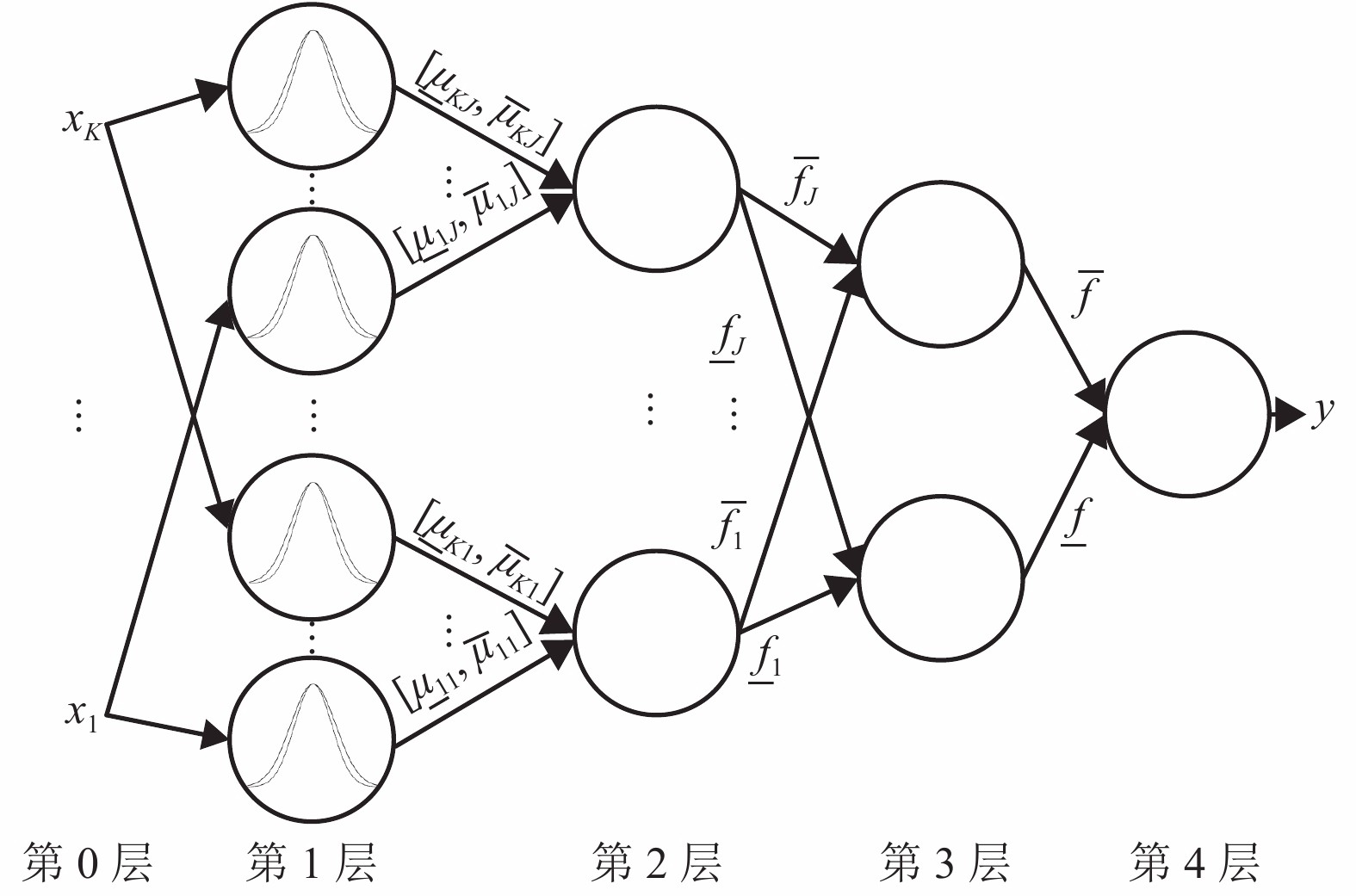
 下载:
下载:
